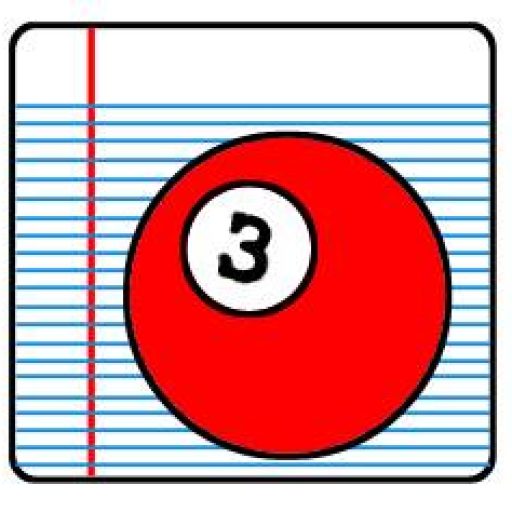It mattered to some people where they found a place to put their car
because it had the Pacific Ocean of black tar parking lots. Personally,
I enjoyed the walk before the encounter with the time clock and punch card,
and the long trip into the leviathan body of the beast of industrial production.
It was impossible to tell where we really were as we walked
the twisting spray painted aisles with various parts of the
process passing on either side of and even above us.
There was a huge paint shed with fabric walls where a whole body
was dragged through a pool of paint to coat it entirely in one operation,
and right where I worked you could see the two side panels and the top
and the bottom of a body come together to be clamped before going through
banks of flashing automated spot welding guns.
I started out spot welding the places the robots couldn’t reach.
Tangling over the line of passing automobile bodies on elastic lines
were three different welding guns designed to reach difficult spots
on the two door, four door and station wagon models. For 8 hours and then
when ordered overtime I hauled those three heavy electric boxes above me
up and down the narrow track and tugged them down into recessed innards
of those moving always moving bodies of totally unforgiving sheet metal
with edges of razor and butting flanks.
It’s a kind of work not everyone can do although people talked about it
as if any stupe could do it. “When I get out of high school I’ll go to work
at the Chebbies like my Dad and Uncle.”
But then there was my cousin’s Armenian husband who worked 18 years at Kroger’s
until her parents decided to improve him and made him go to work on the line
except he couldn’t do it and ended up back at Kroger’s minus his 18 years seniority.
I on the other hand was amazing at production line work never missing an operation
always on time and without a word of complaint even though there was no one to talk to anyway.
Somehow I could daydream away those endless, meaningless long painful hours
and still manage to keep just enough attention on task so there was never an error.
It was like doing stoop work in the fields bent over a row of green beans and tomatoes:
you just let your mind free wheel while your head drooped over your body and event-
ally it was break time and then lunch time and then break time again and that last
two hours of infinity as you waited to find out if the overtime you needed yet dreaded
would be required tonight. You never knew there were so many places where you
could get sore and so long your stacked bones could stand by their own singular
volition.
And all around the cars are moving and parts are streaming in from all sides.
You can hear the bodies being banged out in the stamping plant. You smell the
fumes from the paint shed. The fork lifts are carrying supplies up and down the long
aisles. The sweepers clear the painted pathways and you look at them with envy
because they can stop for a moment to light a cigarette or just stand there and
look up to the rafters. You count how many cars you’ve done and you figure
how many are left to do but they come by too fast to allow you to stop and too slow
to imagine the last one.
James Van Looy has been a fixture in Boston’s poetry venues since the 1970s. He is a member of Cosmic Spelunker Theater and has run poetry workshops for Boston area homeless people at Pine Street Inn and St. Francis House since 1992. His work appears weekly in Oddball Magazine.





Leave A Comment